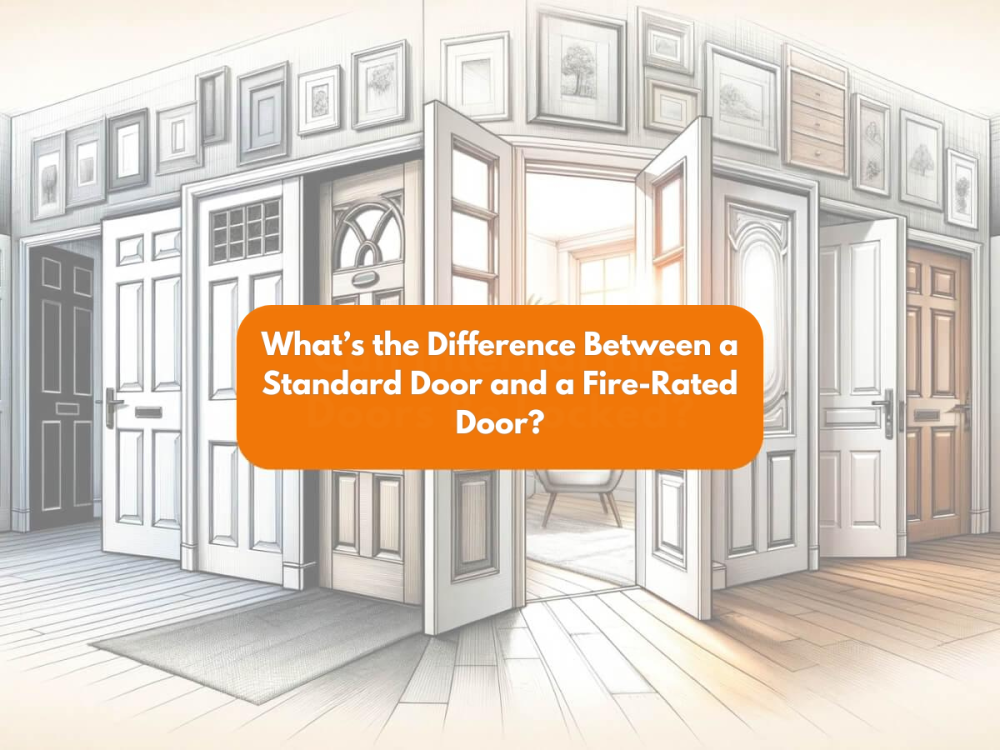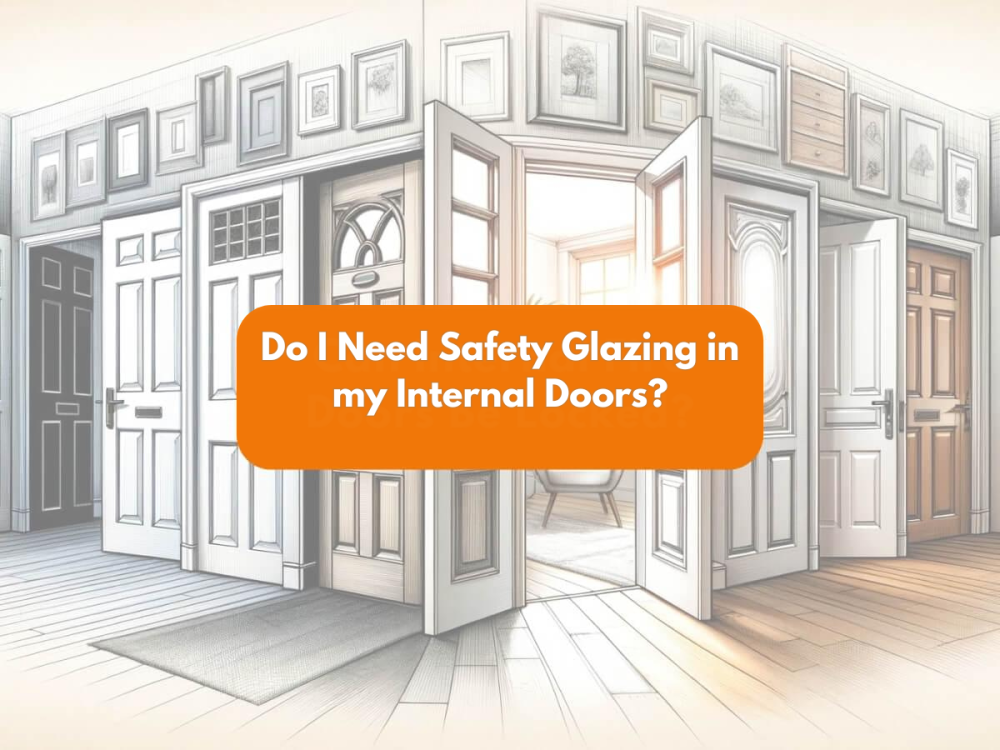What’s the Difference Between a Standard Door and a Fire-Rated Door?
Doors might seem like simple fixtures, but when it comes to safety, not all doors are created equal. One key difference lies in whether a door is fire-rated or not. If you're renovating, installing new internal doors, or working on a commercial property, it’s important to understand what that means.
So, what is a fire-rated door, and how does it differ from a standard internal door? Let’s take a closer look.
What Is a Fire-Rated Door?
A fire-rated door is specifically designed to withstand fire and smoke for a set period of time, usually 30 or 60 minutes. These doors act as a barrier, slowing the spread of fire and giving people time to escape and emergency services time to respond.
The door itself, the frame, the hinges, the intumescent seals — all must meet strict regulations to qualify as fire-rated. They’re tested under controlled conditions to ensure they perform as intended.
In contrast, a standard door is built for general use. It offers no guaranteed fire resistance and will not be tested or certified in the same way.
Key Differences Between Fire-Rated and Standard Doors
Materials and Construction
Fire-rated doors are made from dense, fire-resisting core materials, such as solid timber or composite materials with added fireproofing. Standard internal doors are often hollow-core and lighter in construction.
Seals and Hardware
Look for intumescent strips around the edges of fire doors. These expand under heat to seal gaps and block smoke. Fire doors also require fire-rated hinges, locks and handles.
Certification
Fire-rated doors must have a certification label or plug — often found on the top edge or hinge side of the door, confirming their rating and compliance with British Standards.
Looking for Certified Fire-Rated Doors?
We stock a wide range of fire-rated internal doors that combine safety with style, perfect for both homes and commercial spaces.
How to Tell If a Door Is a Fire Door
Not sure if the door in your home or building is fire-rated? Here’s what to check:
Label or plug: Most certified fire doors include a small label or coloured plug on the door edge.
Seals: Fire doors typically have intumescent strips either built in or surface-mounted around the frame.
Weight and thickness: Fire-rated doors are usually heavier and thicker (typically 44mm for FD30 doors).
Gaps: The gap between the door and frame should be minimal to stop smoke from seeping through.
When Do You Need a Fire Door?
Fire-rated doors are commonly required in:
Flats and apartment blocks (between living areas and communal corridors)
Domestic homes with loft conversions (often between the kitchen and hallway)
Commercial buildings, schools, and hospitals
Even if not legally required, they offer added peace of mind — especially between garages and homes or in rental properties.
Find the Right Fire Door for Your Home
Whether you're updating your home with new fire-rated doors or ensuring your property meets safety standards, our team at Internal Doors is here to help. We stock a variety of certified fire doors in different finishes, including both FD30 and FD60 fire doors.
Browse our fire door collection or get in touch with our expert team for advice on the best fire-rated doors for your property.








